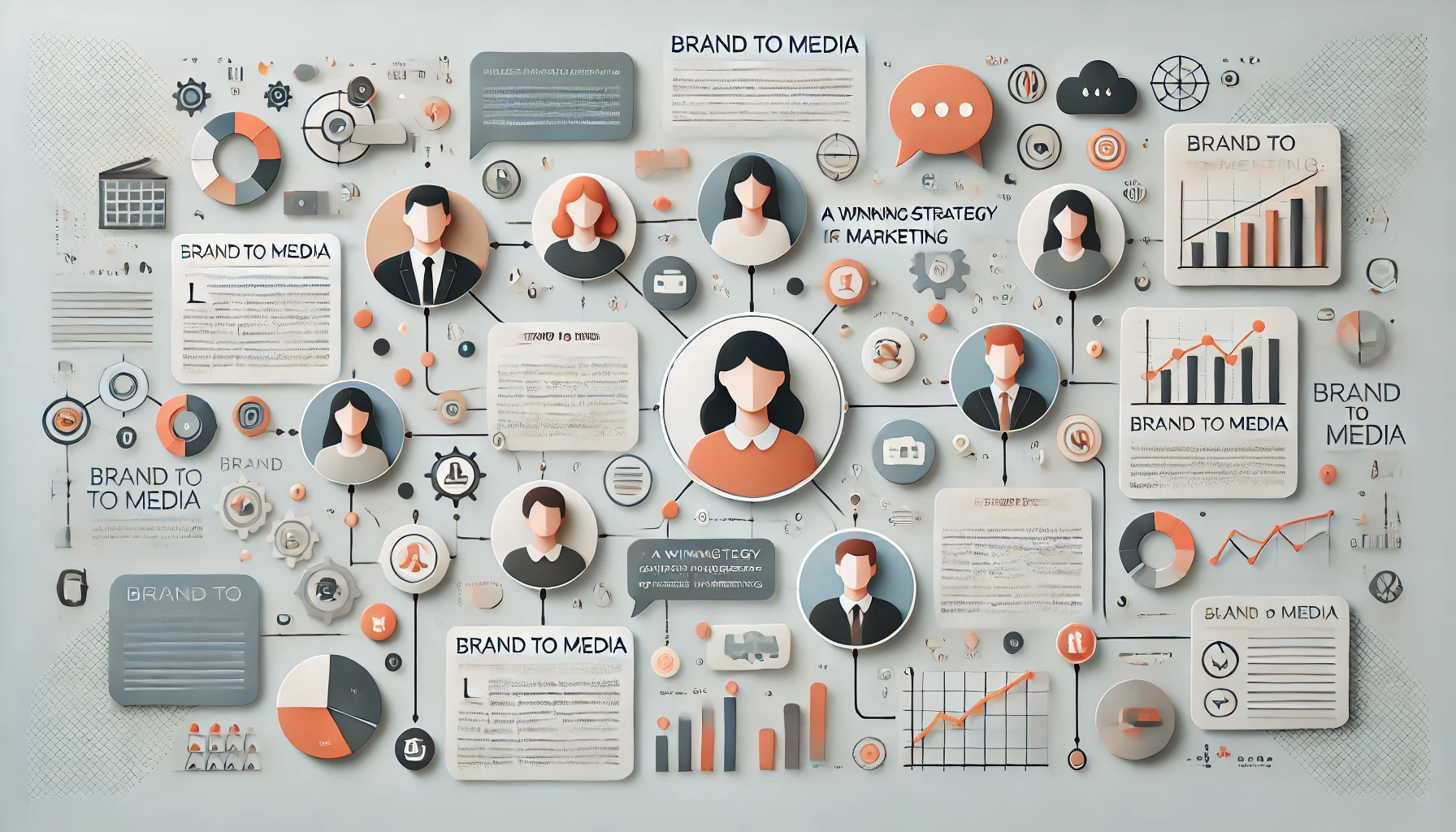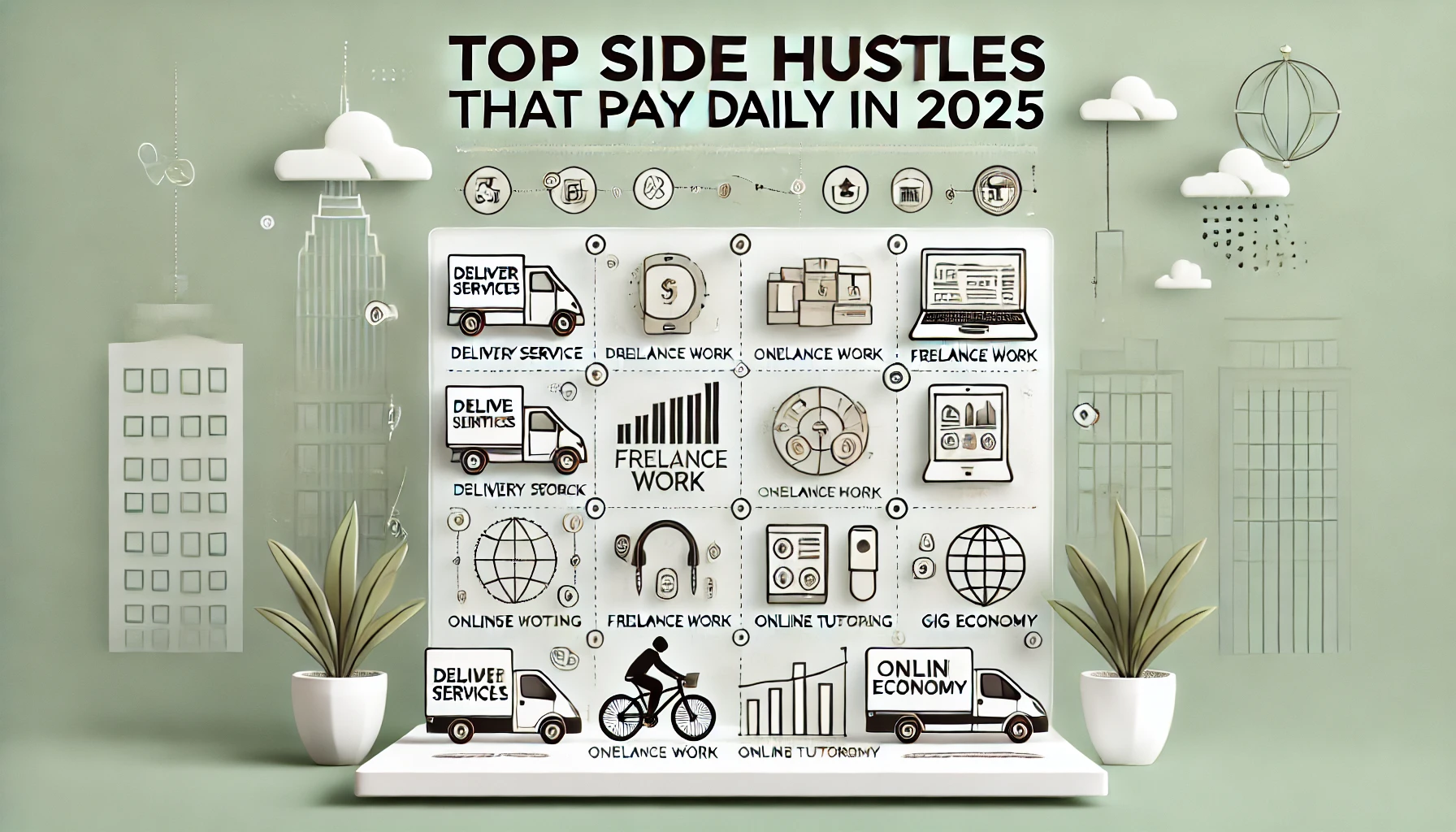Introduction
Interactive media refers to digital platforms and content that respond to user actions, allowing individuals to engage actively rather than passively consume information. The flexibility to modify content exists across computer systems such as websites and video games and educational programs as well as virtual reality applications.
Your experience with video viewing and quiz completion and game exploration demonstrates the peak of interactive media experience. Within present-day digital environments interactive media represents an absolute requirement. Audiences deliver a growing need for deeper experiences and personalized content which leads brands and creators to adopt interactive media for creating stronger connections with audiences. We will investigate how interactive media creates radical changes in user encounters in the digital environment.
Evolution of Interactive Media
Early Days: Text-Based Computer Interfaces
Interactive media started as users interacted with computers through command-line inputs on text-based interfaces during its early development. These first basic ways of human-computer communication established the foundation for developing advanced user interfaces.
Rise of Multimedia and Gaming
GUIs became the next major interactive advance as they combined graphics and sounds to deliver enhanced user experience. The gaming industry established itself as the first interactive medium through their creation of elaborate controlling systems which won over audiences.
The Internet and Web 2.0’s Role
The widespread use of the internet together with Web 2.0 technology advancements made interactive media accessible to the general audience. User experience became the platform’s focus as these platforms offered improved capabilities for social interaction along with content generation tools.
AI, VR, and AR as the Future
The current limits of interactive media get expanded through developments of Artificial Intelligence (AI), Virtual Reality (VR) and Augmented Reality (AR). These technologies deliver immersive and intelligent experiences that will lead to the following stage of user engagement.
The Role of Interactive Media in User Engagement
Understanding User Engagement
The definition of user engagement includes what specific elements. A piece of content gains user engagement through the deep emotional and intellectual bonds that its users develop with it. The extent of engagement between users depends on their ability to connect while interacting and their response mechanisms to encountered content. The digital content performs better regarding information retention as well as conversion rates when users show higher levels of interaction.
How Interactive Media Enhances Engagement
The level of user connection reaches its highest point when using interactive media. Creators use features like quizzes combined with polls and games which convert uninvolved viewers into participants. A quiz about a current trend provides educational value alongside entertainment factors that stimulate audience members to dedicate dedicated mental and physical engagement. This strategy has proven successful for BuzzFeed through their quiz-based marketing strategies. Social media engagement reaches thousands of people every time BuzzFeed publishes their quizzes because audiences become more willing to participate when invited to do so.
Types of Interactive Media
Interactive Videos
The power beneath interactive videos makes them among the strongest types of interactive media. The system enables users to actively shape story progression through their chosen decisions thus enhancing their connection to the content. Until now brands like Netflix have implemented the interactive video approach through their film “Black Mirror: Bandersnatch” which enables users to decide how the story unfolds creating different possible endings.
Interactive Infographics
Next up are interactive infographics. Visual tools help users grasp data better because they provide meaningful engagement opportunities with information. Users gain better information retention when they navigate different segments through interactive interfaces at their preferred speed. The New York Times creates excellent illustrations that demonstrate complicated subjects while keeping viewers interested by means of their fascinating visual displays.
Gamification in Interactive Media
The field of gamification represents an interesting area of development within interactive media systems. Creators benefit from adding points with levels and challenges to their systems which boost user motivation toward deeper engagement. Duolingo changed language education through its game-design approach that let users receive rewards and communicate with friends.
The Technology Behind Interactive Media
Tools and Platforms for Creating Interactive Content
Today’s available tools enable users to develop interactive content without any excessive difficulty. The content creation tools Adobe Animate H5P and Genially allow users to make interactive elements through visual interfaces that require no programming skills. These creative tools deliver problems solving interfaces which enable simple incorporation of multimedia components.
Emerging Technologies in Interactive Media
Interactive media will experience further advancements because of upcoming AR and VR developments. Users can virtually try clothes through e-commerce applications before they buy items yet they also can experience concerts or events fully immersed in three-dimensional spaces. Through their application IKEA established AR technology for users to preview home furniture before any purchases.
Best Practices for Designing Interactive Media
User-Centric Design Principles
User-centric design principles must become the fundamental principle for any interactive media design process. Your understanding of audience preferences must include knowing their needs and behaviors along with their particular tastes. Testing and gathering information from your target users will lead to successful content development.
Accessibility Considerations
Accessibility is another critical factor. All users who have disabilities need to access interactive media platforms seamlessly without barriers. This needs to be your top design priority. Users who depend on assistive technologies must have full access to interactive features through alternative text descriptions of images and video captions alongside functional navigation controls.
Testing and Feedback Loops
The importance of testing and feedback should not be overlooked during the final evaluation. You must start your interactive content launch as your first step since user feedback analysis enables you to refine your methods and boost user engagement throughout time.
The Success Assessment of Interactive Media
Key Performance Indicators (KPIs)
Interactive media success measurement requires you to track particular Key Performance Indicators (KPIs). You must track engagement rates combined with click-through rates alongside the time users dedicate to content to understand how successfully your interactive media functions.
Analytical Tools for Monitoring Performance
Google Analytics and Hotjar as analytical tools help businesses monitor user movements and study user behaviors towards content engagement. Your analysis of this data enables strategic planning for future content direction as well as possible improvements.
How to Implement Interactive Media in Your Business or Content Strategy
For Content Creators & Bloggers
Blogging content creators should use interactive components such as quizzes and live Q&A features in addition to interactive infographics to enhance their blog posts. Professional interactive features enable you to produce more compelling content which nurtures audience engagement while increasing shareability of your blog material.
For Businesses & Marketers
Through gamification techniques together with AI chatbots businesses can generate interactive interfaces which entertain their customers. The user’s website experience can be directed by a chatbot which provides customized recommendations according to the user’s preferences.
For Educators & E-Learning Platforms
The educational sector experiences a complete transformation of its traditional teaching practices through interactive media platforms. Learning effectiveness improves through virtual classroom and simulated learning environment setups. Coursera and Udemy together with other platforms make advantage of these methods to boost their online learning platform capabilities.
Future Trends
Predictions for the Evolution of Interactive Media
The preferences of users continue to change over time as our future approaches. People are becoming more interested in acquiring customized encounters that provide immediate satisfaction. The persistent trends indicate that interactive media will expand its significance until it establishes itself as an essential component of digital content designs.
The Role of AI in Interactive Media
AI technology will establish its fundamental position as an interactive media transformer during the coming future. AI analyzes user data to create personalized experiences which enhance user engagement through more poignant interactions. AI technology can generate limitless capabilities from creating customized recommendations to producing content through its algorithms.
Conclusion
The real-time advancements in media interaction now control how people consume digital content. When users experience enhanced interaction through active involvement the result improves brand audience connections and maintains audience participation. Future technological developments paired with interactive media innovation show no bounds which allows anyone from content creators to marketers and education professionals to build superior content approaches. The upcoming thrilling experience awaits you as you join interactive media alongside your audience members.

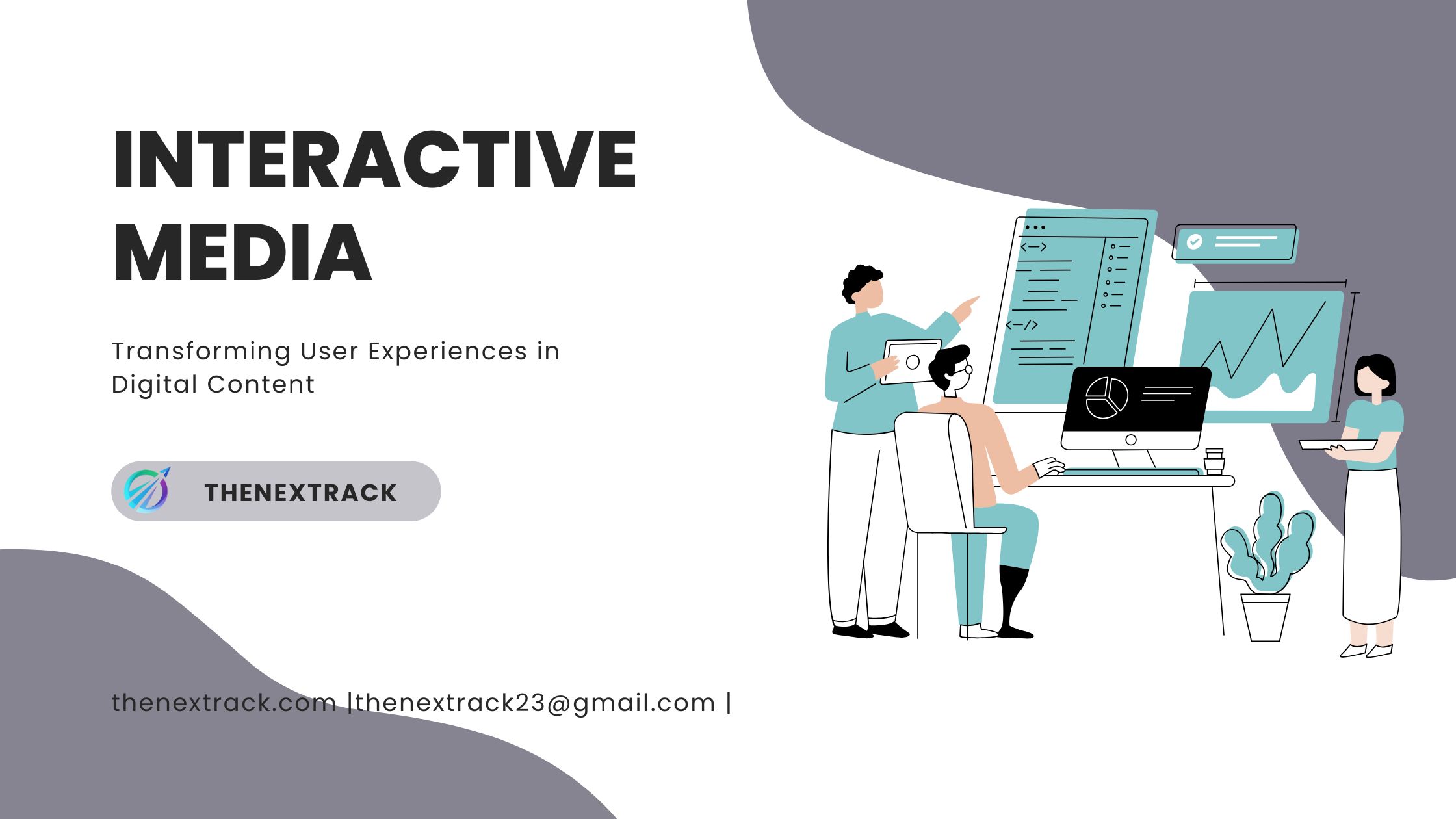
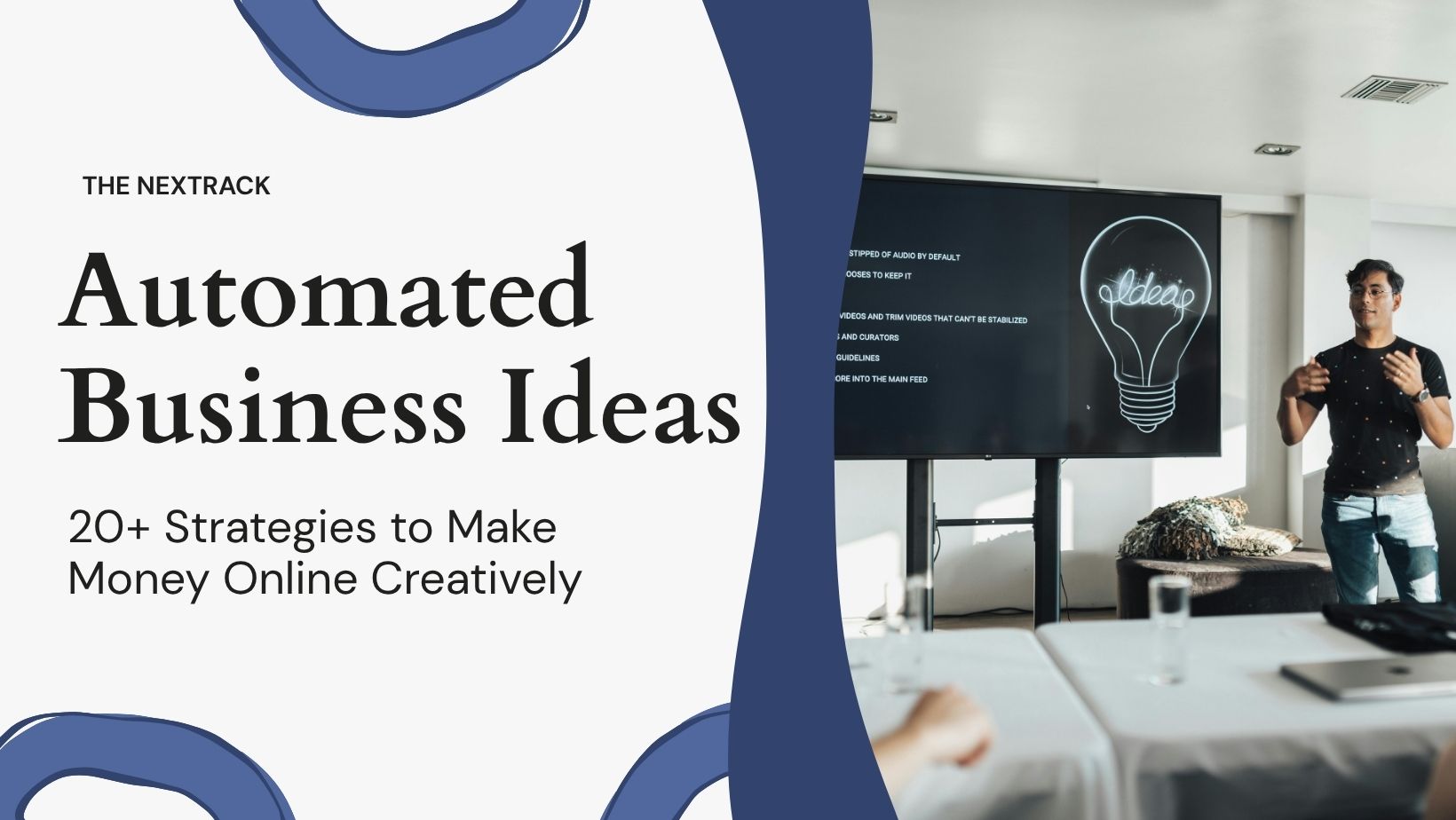
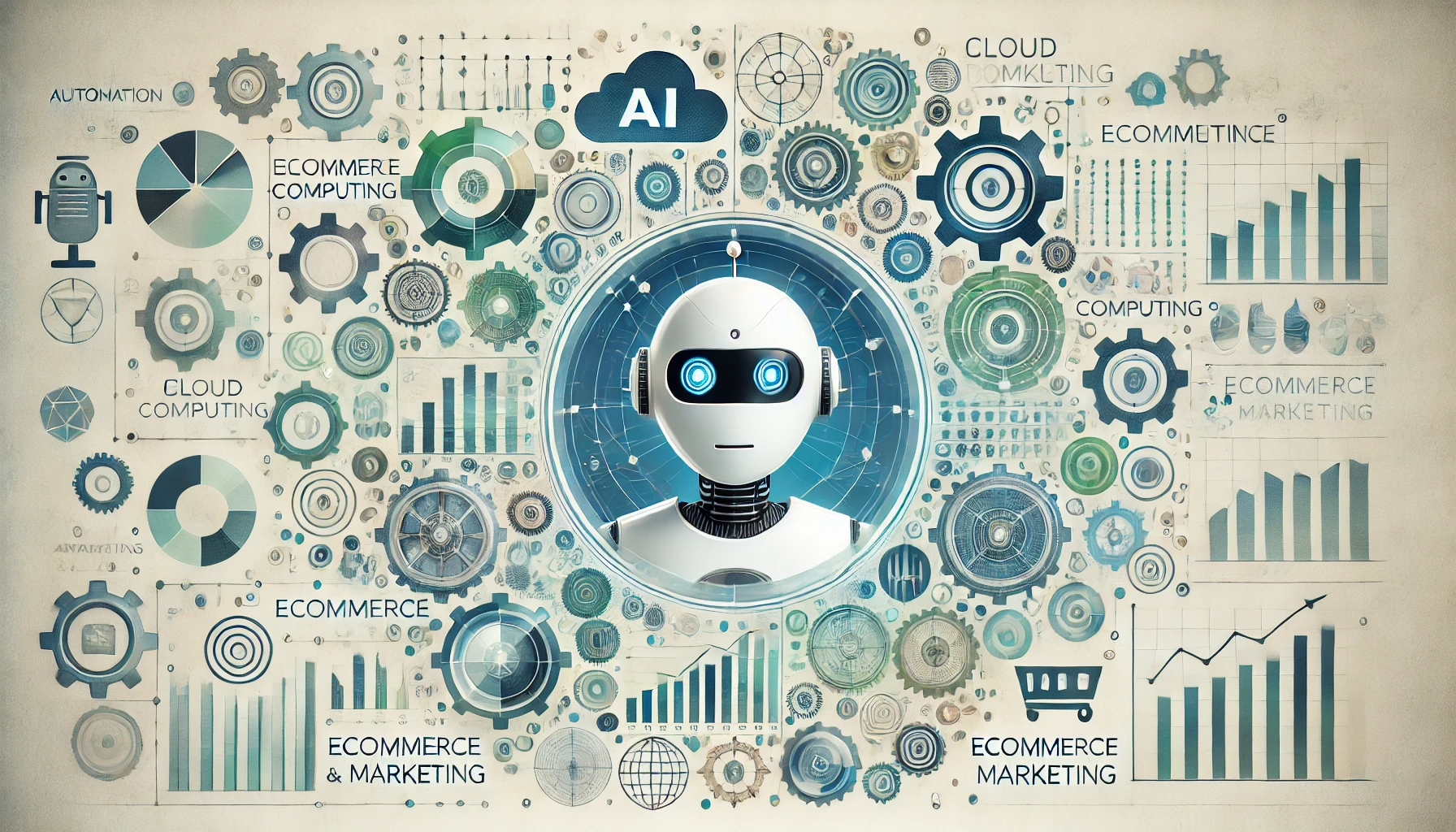 You need to identify specific areas for you Automated Business Ideas after you have established the list of potential Automated Business Ideas:
You need to identify specific areas for you Automated Business Ideas after you have established the list of potential Automated Business Ideas:
